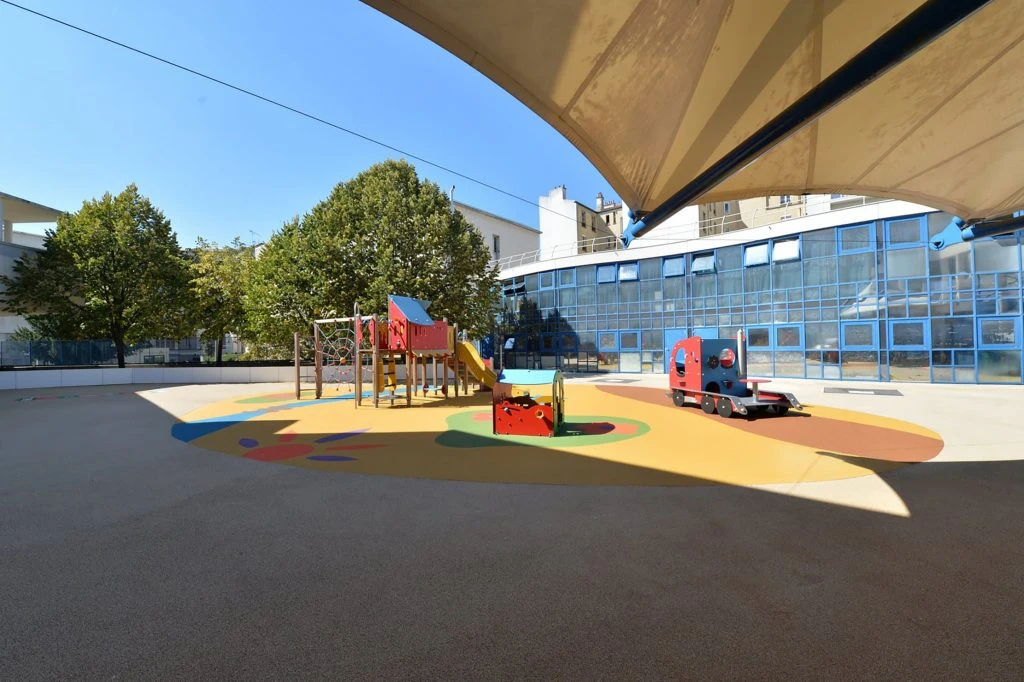Paris
Providing Parisians Relief from Extreme Summer Temperatures
Bloomberg Associates worked with the City of Paris to identify schoolyards to be transformed into “cool islands” to adapt to summer heatwaves and to foster social cohesion.
Leaders are recognizing that the past century of urban planning has turned our cities into ovens, and are taking action to cool neighborhoods and protect residents from extreme temperatures.
Adam Freed, Bloomberg Associates
Relevant Expertise
Implement Sustainable and Resilient Solutions
- Green Space and Infrastructure Enhancement
- Heat Mitigation
Improve Public Space and Neighborhoods
- Mapping and Geospatial Analysis
Challenge
Climate change, particularly rising temperatures and heatwaves, have a significant impact on cities and their residents. Across the world, cities are experiencing increasing temperatures, which is only exacerbated by urban design and infrastructure that make cities hotter than surrounding rural areas, a phenomenon known as the “heat island effect.” With Paris suffering from summer heatwaves, the city approached Bloomberg Associates to help address the issue of extreme heat and the heat island effect.

Approach
To better understand where heat was most affecting residents, Bloomberg Associates secured a detailed map of Paris’ surface temperatures using five years of satellite data, mapping the areas across Paris that are the hottest. Then, working with multiple City departments, the team incorporated social and environmental data to cross-reference with the heat map, identifying areas where interventions would positively affect the greatest number of residents. This data was put online for all municipal workers and includes neighborhood conditions such as surface temperatures, income levels, age of residents, and flood risks. Because of their position as central neighborhood hubs and their distribution throughout Paris, schoolyards were identified as ideal locations for transformation.
Impact
Schoolyard spaces across Paris were transformed into “urban oases” – public spaces in an urban setting between buildings – by replacing dark asphalt with light-colored materials and planting more trees to help lower temperatures and provide a cooling effect in those spaces. The first three urban oases were created in 2018 as a pilot project as part of the City’s Resilience Strategy, and were made available to the public after school hours to provide a cooler area for residents to go. Since this initial work, Paris has expanded and built on the mapping tool and is using it to plan for future schoolyard implementations—with the goal of reaching 100 schoolyards over the next several years.

Metrics
30+ schoolyards transformed